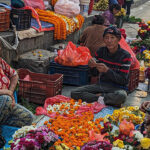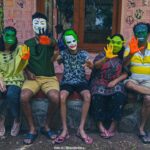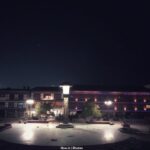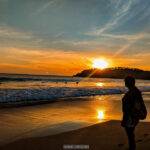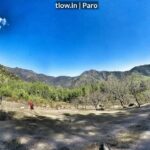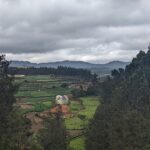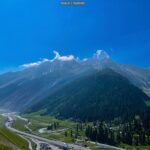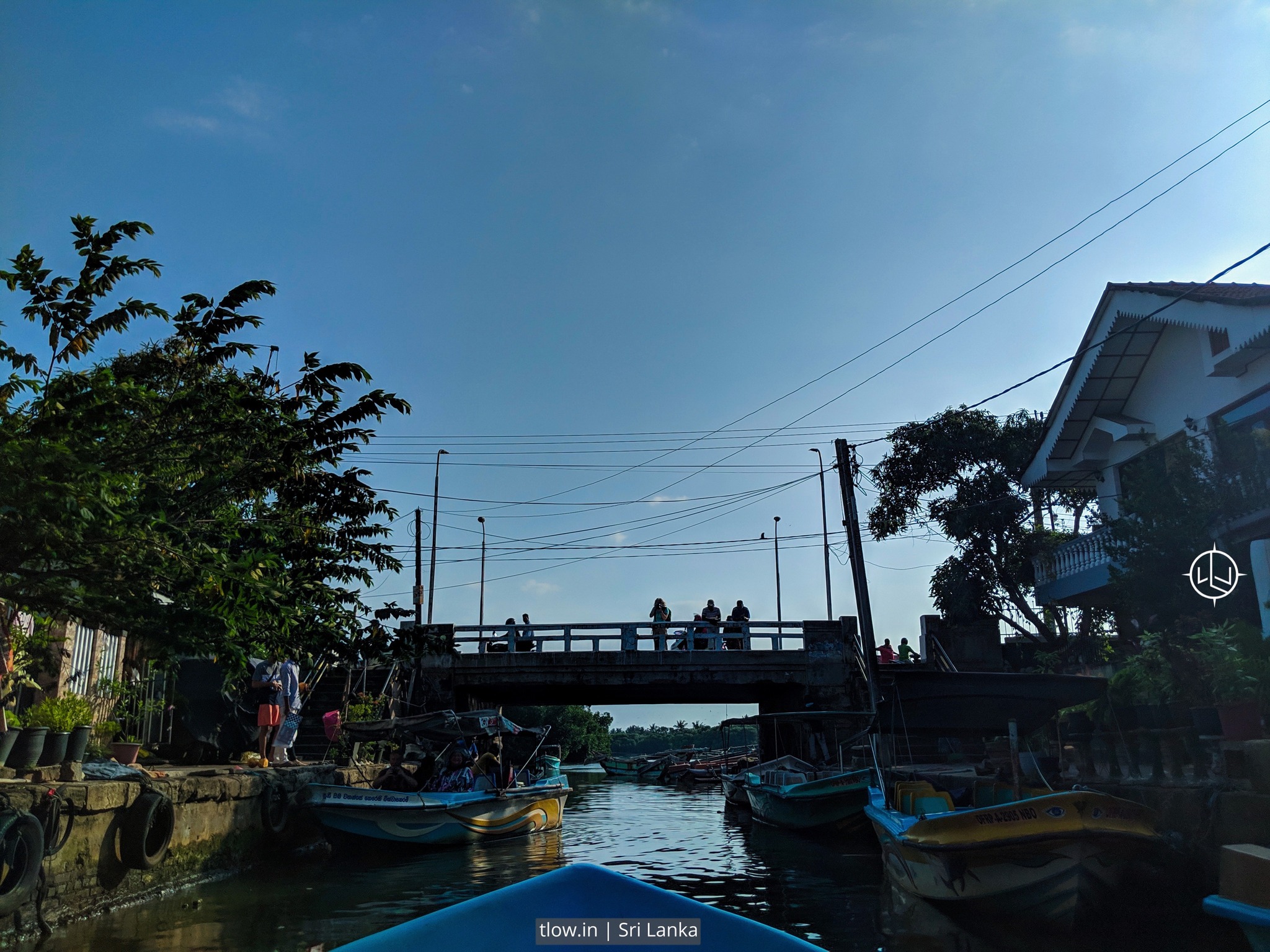
14 astounding facts about Sri Lanka
Sri Lanka, formerly known as Ceylon, is an island country located in South Asia. It is situated in the Indian Ocean, southeast of the Indian subcontinent. Sri Lanka has a rich history dating back over 2,500 years and is known for its diverse culture, stunning landscapes, and beautiful beaches.
Table of Contents
Cities of Sri Lanka
The capital and largest city of Sri Lanka is Colombo, which is a major economic and political hub of the country. Sri Lanka is known for its lush green tea plantations, ancient Buddhist ruins, and wildlife such as elephants and leopards. The country is also famous for its warm hospitality and delicious cuisine, which includes a variety of spicy curries and seafood dishes.
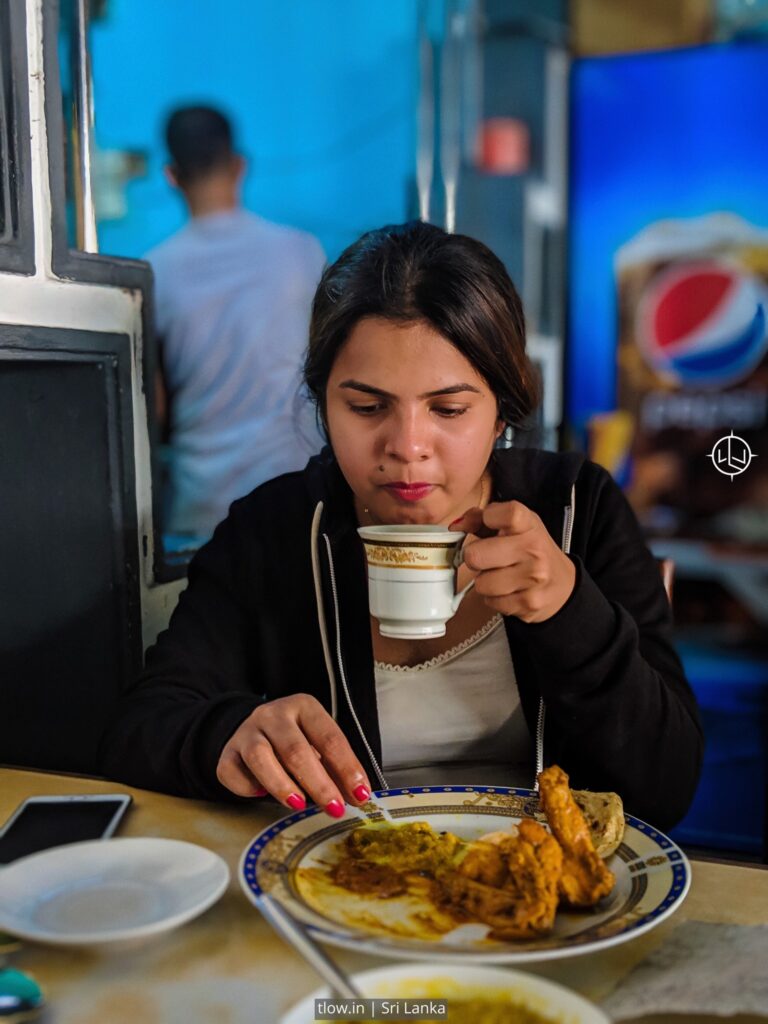
It has a multi-ethnic society, with the Sinhalese majority and Tamil, Muslim, and other minority communities. However, the country has faced ethnic tensions and a civil war between the government and Tamil separatist groups, which lasted for several decades but officially ended in 2009.
Tourism
Tourism is an essential industry for the nation, with visitors attracted to its natural beauty, historical sites, and cultural experiences. Some popular tourist destinations include the ancient cities of Anuradhapura and Polonnaruwa, the stunning beaches of Bentota and Mirissa, and the scenic hill country of Kandy and Nuwara Eliya.
Overall, it is a fascinating country with a rich cultural heritage and natural wonders, making it a popular destination for travelers from around the world.
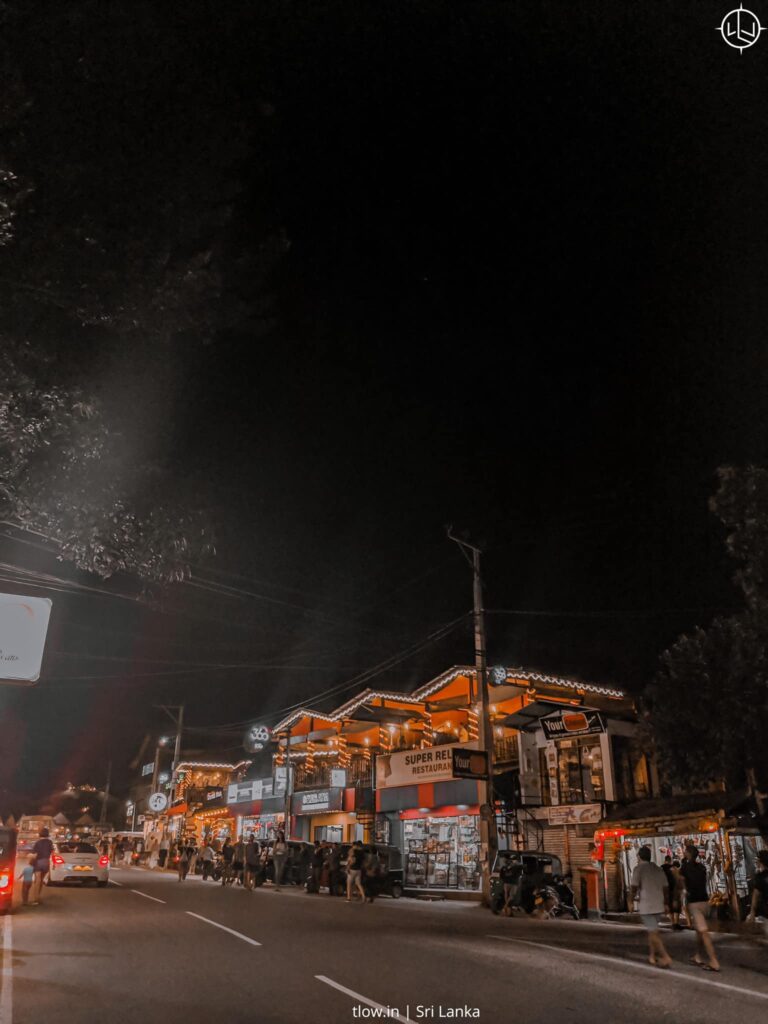
Sri Lanka Facts
- Geographically, Sri Lanka is an island nation that may be found southeast of India in the Indian Ocean. Due to its stunning natural surroundings and extensive cultural legacy, it is frequently referred to as the “Pearl of the Indian Ocean”.
- Capital: Colombo, the largest city, serves as the nation’s capital.
- Language: English is extensively spoken, notably in the government and commercial sectors. Sinhala and Tamil are the country’s official languages.
- Religion: The majority religion is Buddhism, with a sizable portion of Buddhists practising Theravada Buddhism. Numerous groups also practise Hinduism, Islam, and Christianity.
- Historical monuments: The ancient city of Anuradhapura, the rock castle of Sigiriya, and the holy city of Kandy, home to the Temple of the Tooth Relic, are just a few noteworthy historical monuments.
- Wildlife: There are several national parks and wildlife reserves throughout the nation, which is renowned for its variety of species. The leopard population in Yala National Park is well-known, and Sinharaja Forest Reserve is a UNESCO World Heritage Site.
- Ceylon Tea: It is well known for producing excellent tea. The nation, once known as Ceylon, produces premium tea that is shipped all over the world.
- Festivals of Culture: The Sinhalese and Tamil New Year, also called “Aluth Avurudu” in Sinhala, is a significant celebration of culture that takes place in April. Another significant Buddhist holiday is Vesak, which honours the life and death of the Buddha.
- Beaches: Sri Lanka’s coastline is home to several stunning beaches. Surfers and beach lovers go to popular beach locations including Mirissa, Unawatuna, Bentota, and Arugam Bay.
- Sri Lankan food is renowned for its use of flavorful spices and ingredients. Rice and curry, hoppers, a sort of pancake, and kottu roti, which is chopped flatbread stir-fried with meat and vegetables, are common meals.
- Civil War: Between the government and the Liberation Tigers of Tamil Eelam (LTTE), Sri Lanka underwent a protracted and brutal civil war from 1983 to 2009. The social and economic structure of the nation was significantly impacted by the battle.
- Colonial Influence: Due to periods of Portuguese, Dutch, and British dominance over Sri Lanka, the country has a colonial past. Architecture, culture, and cultural standards all bear the imprint of these colonial empires.
- Other UNESCO World Heritage Sites in Sri Lanka include the historic city of Polonnaruwa, the Dambulla Cave Temple, and Galle Fort, in addition to Sigiriya and Sinharaja Forest Reserve.
- Economic diversification may be seen in Sri Lanka’s textile, clothing, tourism, agricultural (including tea, rubber, and coconut), and information technology sectors.


